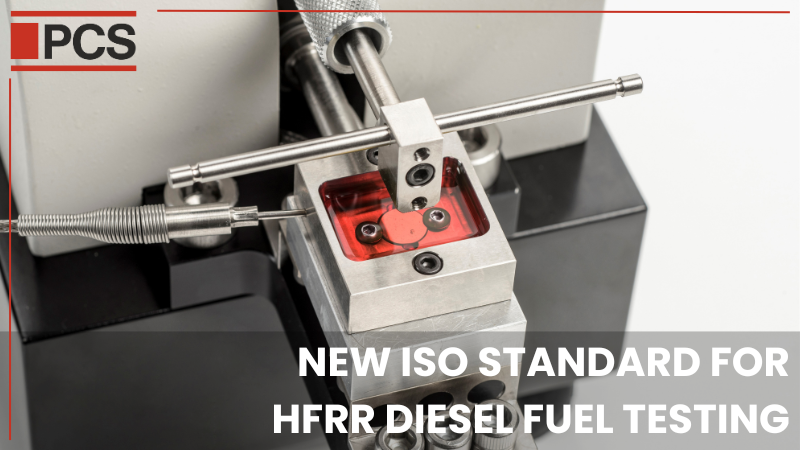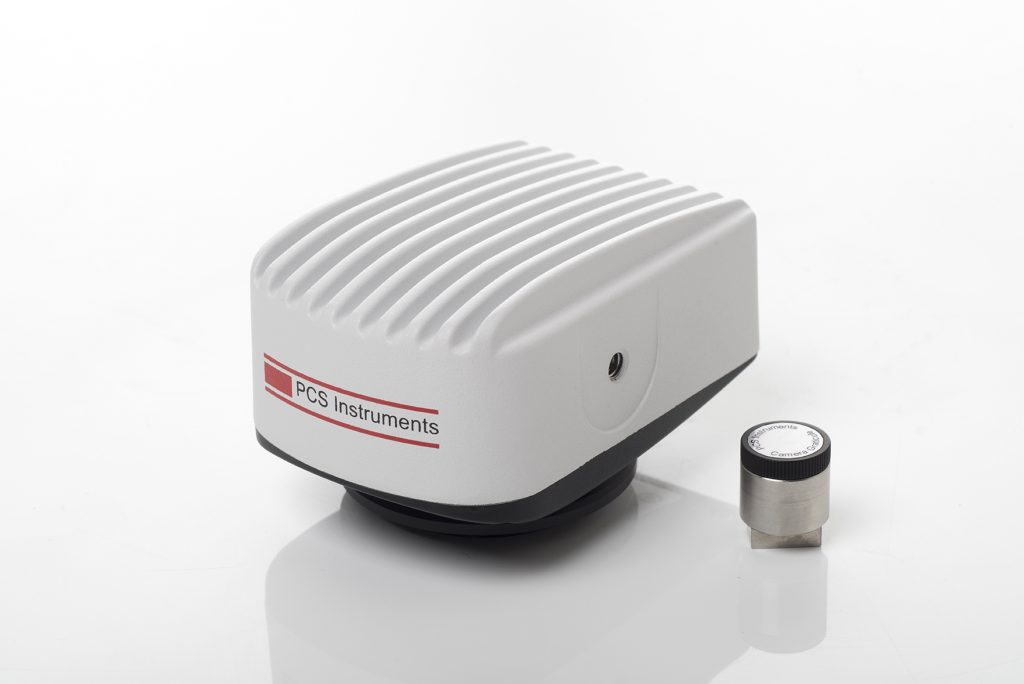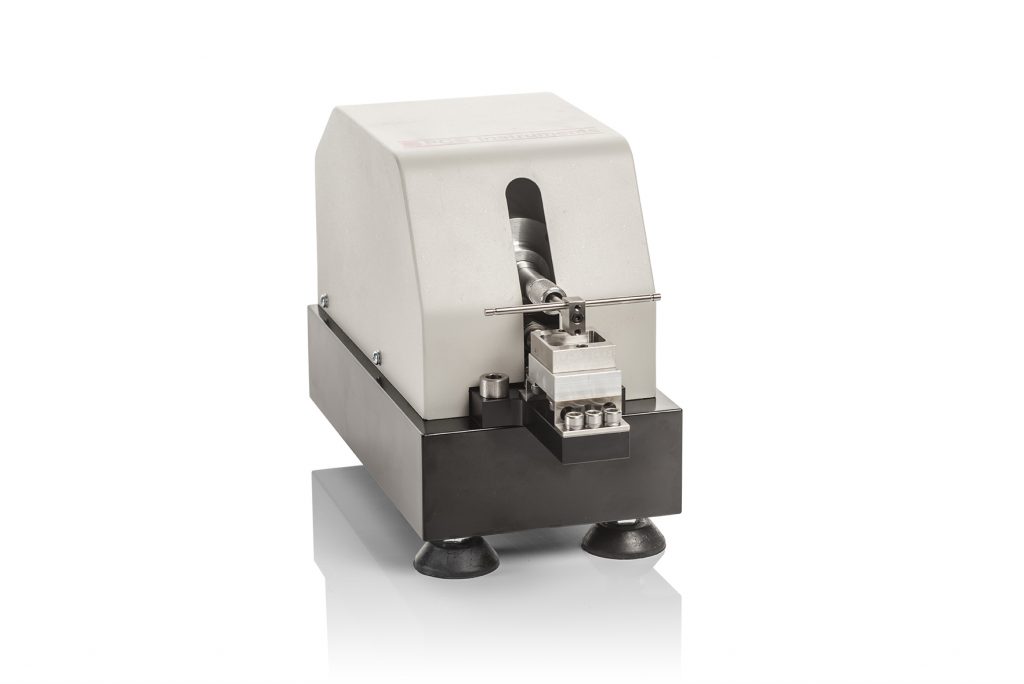New ISO Standard for HFRR Testing

Earlier this month, ISO (The International Organisation for Standardisation) released the new ISO 12156-1:2023 standard; “Diesel fuel — Assessment of lubricity using the high-frequency reciprocating rig (HFRR) — Part 1: Test method” which adds the use of a wear scar camera into the existing standard.
Diesel fuel injection systems partially depend on diesel fuel for lubrication, and sometimes the shortened lifespans of engine parts – like fuel injection pumps and injectors – are attributed to the fuel’s insufficient lubricating properties.

The link between test outcomes and wear-induced distress in diesel injection equipment has been shown for certain fuel/hardware pairings where boundary lubrication plays a role in the component’s function. Tests using this method have been found to correlate with numerous fuel/hardware combinations, offering a reliable forecast of the fuel’s lubrication quality. The correlation of biodiesel blends has been validated through 15 years of field experience and anecdotal data.
This new document differs from ISO 12156-1:2018 as it specifies a test method for assessing the lubricating property of fuels used in diesel engines, with or without lubricity enhancing additives and with HFRR wear scar diameters of 350 μm to 700 μm, using the high-frequency reciprocating rig (HFRR), but now also used in concert with a digital camera (seen above).
PCS Instruments remains the only instrument supplier specified on the following test methods: ISO 12156, ASTM D6079, ASTM D7688.
For more information on the PCS Instruments HFRR, click here.
To find out more about the PCS Instruments Wear Scar Camera, available for purchase now, click here.
If you would like the purchase the ISO 12156-1:2023 Standard, follow this link to the ISO website.

